Perennial plants are wonders of nature, capable of surviving and thriving season after season. However, for them to remain healthy and continue flowering year after year, it is important to know how to prune them correctly. In this tutorial, we will guide you through the different stages of pruning so you can fully enjoy their beauty and vitality. Whether beginner gardener or experienced gardener, you will find practical advice and tips to prune perennials that enhance your borders.
Why prune perennials?
There are several reasons to prune perennials:
- encourage denser growth and a more compact habit, by giving them more light and space
- promote abundant flowering and then another abundant flowering for following season,
- favour a longer lifespan.
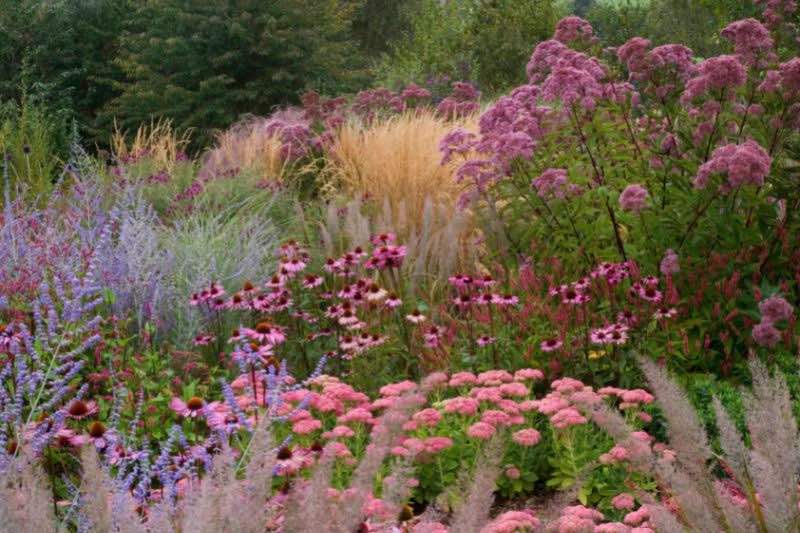
When to prune?
Several options are possible regarding timing of pruning:
- You can prune them at end of winter, in February–March depending on region, to preserve a harmonious shape and remove dead stems. These should not be cut earlier, as they protect crowns during cold season. After this pruning, a true spring clean, new shoots will soon appear.
- Note: for some perennials such as shrubby sages, wait until they show signs of renewed growth before pruning.
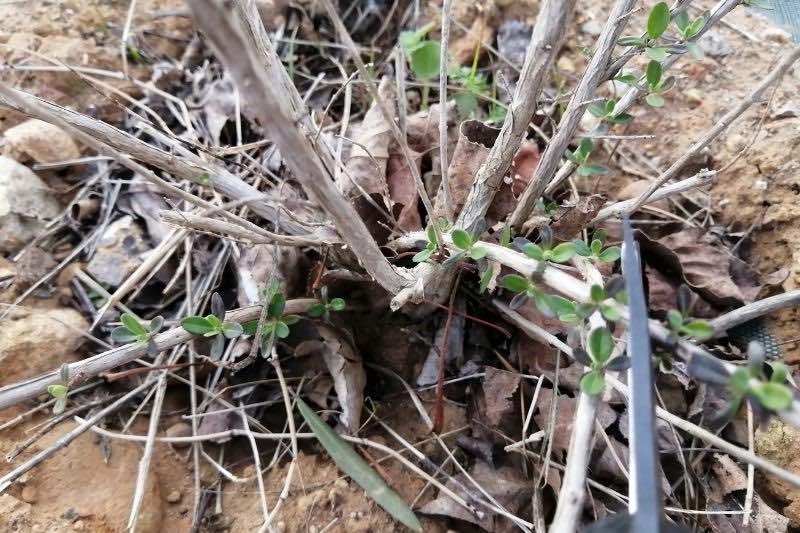
Our illustrated tutorial explains everything to know when and how to prune a shrubby sage
- To prune perennials using "Chelsea chop" method, you can cut in May, even up to mid-June for later perennials (such as asters or garden chrysanthemums), ramified habit perennials flowering in summer or autumn (between July and October). This will stimulate growth of new stems and encourage a later, even more abundant flowering. Important not to prune plants too late, as that can reduce time available for them to flower before season end.
- In May–June, you can also lightly trim with shears rockery plants past their best such as Iberis, Aubrieta or Alyssum saxatile
- Two to three times during summer, use your pruning shear to cut back all spent stems. Even if not a formal pruning, this will stimulate appearance of new flowers.
- Lavender is pruned each year when flowers start to fade, from late July to mid-August.
- Perennials such as Helichrysum or immortelle and santolina are pruned at end of winter, but also at end of summer after flowering, by cutting all flower stems and removing spent flowers.
Note: it is important not to prune perennials during winter dormancy so as not to compromise their health and growth for following season. Dry foliage and withered stems play a protective role for plant crowns during winter.
How to prune?
At end of winter
- Using a well‑sharpened pruning shear or shears, cut stumps back to ground level, to about 5 cm, removing all dry stems from previous year

- If young shoots have already started emerging from soil, do not prune them: they will develop and form a dense, floriferous clump
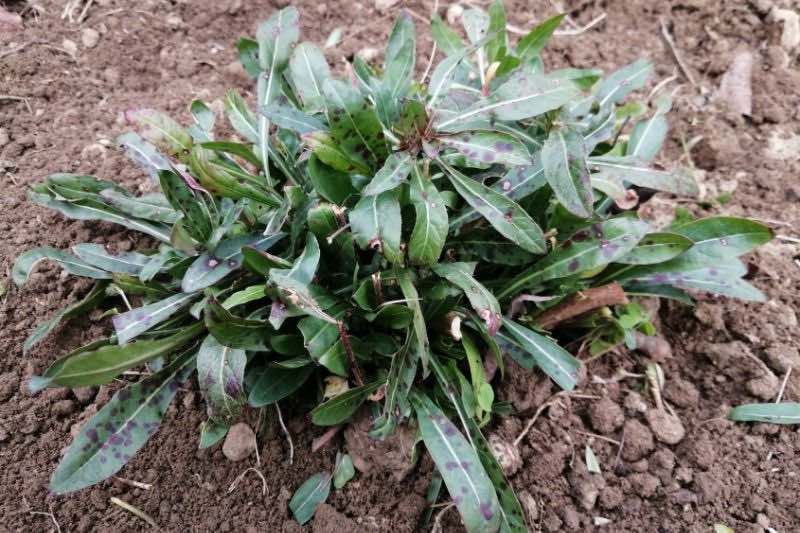
- On old plants, for example Perovskias, identify on each branch the junction between old wood and current year's wood. Cut young wood back to two buds, just above old wood.
- Take opportunity to remove adventive plants growing at base of perennials that could hinder their growth
- Add a mulch at base to retain moisture and warmth. You can use the cut dry stems chopped into small pieces or shredded
In May or June: the "Chelsea chop"
Depending on whether you want to delay or extend flowering, prune all stems of a plant or only some of them. Perennials that benefit most from pinching this way include Penstemon, campanulas, sages such as Salvia nemorosa for example, Phlox, Leucanthemum, Helenium, Rudbeckia, perennial Helianthus, Asters, chrysanthemums and Gauras
- Using a pruning shear, a pair of scissors or by pinching stem tips between thumb and forefinger, pinch off tips of stems not yet in flower. Plants will develop more upright and balanced, adopt a neat compact habit and produce larger number of flower buds. With this method, perennials will not become leggy; instead they keep a nice bushy appearance, with pleasing proportions.
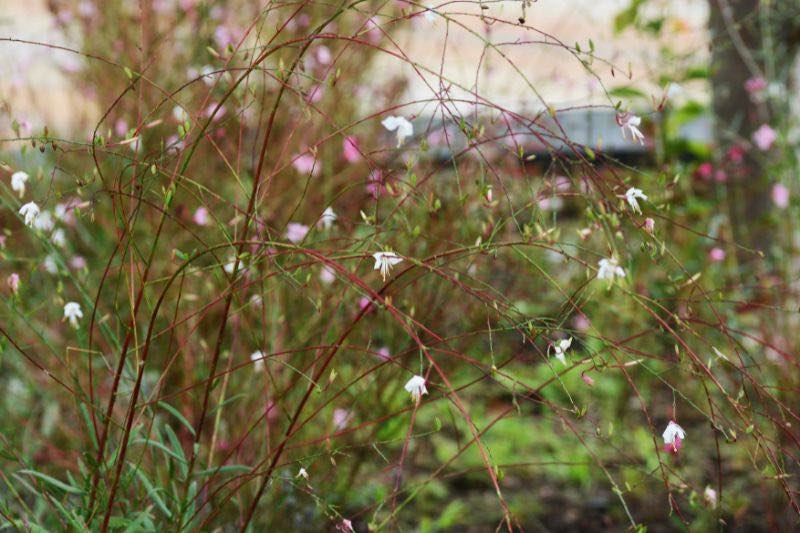
- This technique also allows selection of stems to cut (for example one out of two), to stagger overall flowering of plant over time: this gives control over flowering duration, which becomes longer. Border displays are thereby enhanced for whole season!
Required equipment
To prune perennials, you will need:
- a well‑sharpened pruning shear
- well‑sharpened shears or even a small electric or petrol hedge trimmer if borders contain many plants with numerous dry stems to cut.
To go further:
- Discover how to clean, maintain and protect gardening tools.
- What to prune in spring? Discover in detail prunings to carry out at return of warmer days!
- Our tutorial for gardening for beginners: when and how to prune perennials in 4 easy steps.



































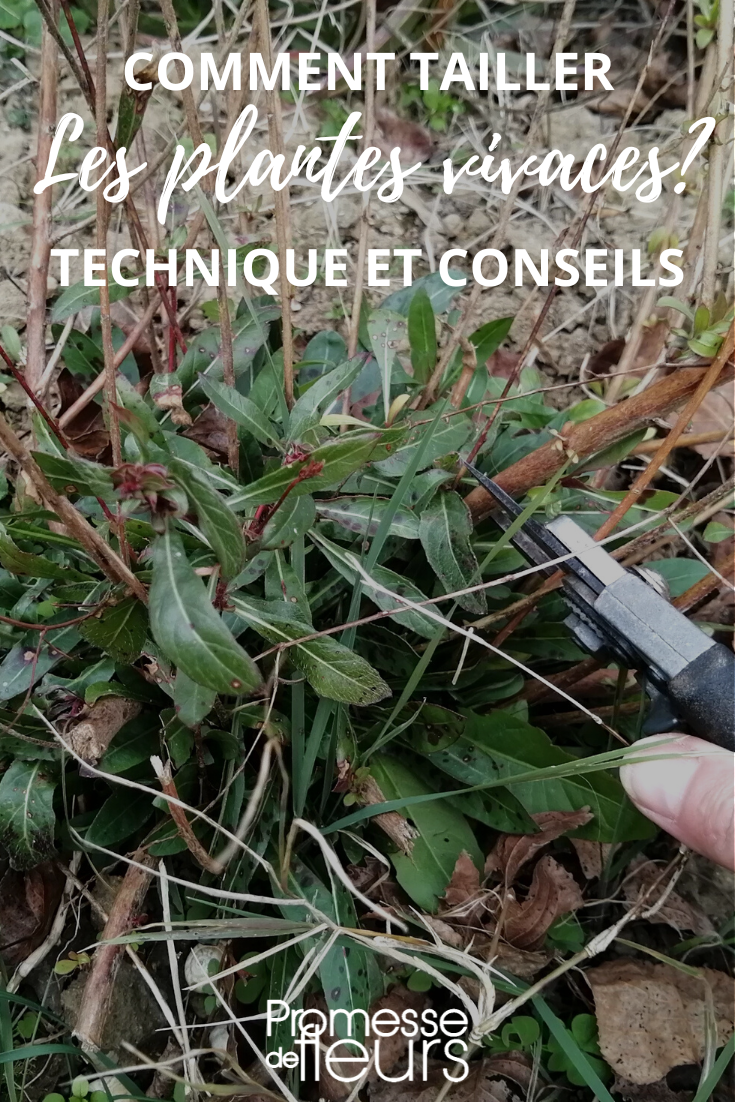
Comments